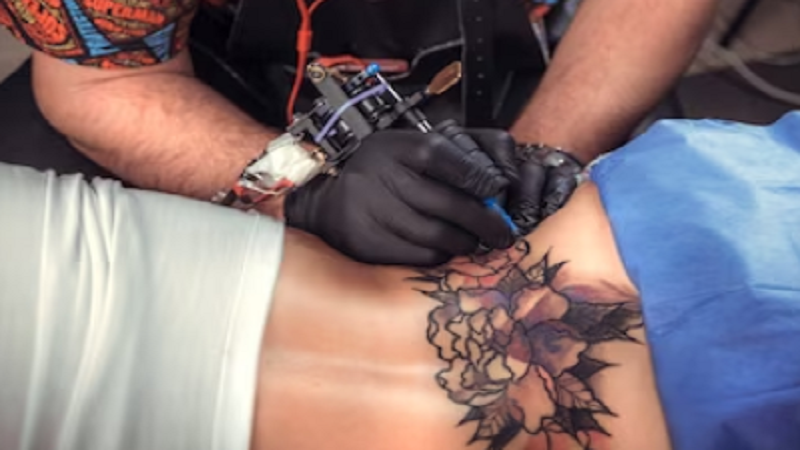Tattoos are more than just art; they’re a form of self-expression, often carrying deep personal significance. However, the journey from getting inked to flaunting the finished design isn’t immediate. It involves a crucial process known as tattoo healing, which occurs in several distinct stages.
Introduction to Healing Tattoos
Tattooing involves injecting ink into the skin’s dermis layer, creating a permanent design. However, this process also inflicts trauma on the skin, requiring a healing period to ensure optimal results. Understanding the stages of healing is crucial for proper aftercare and preserving the tattoo’s integrity.
Stage 1: Immediate Aftercare
Immediately after getting a tattoo, proper aftercare is essential. This stage involves gently cleaning the tattooed area to remove excess ink, blood, and plasma. After cleaning, applying a thin layer of ointment helps keep the tattoo moisturized and prevents scabbing.
Stage 2: Initial Healing (Days 1-7)
During the initial healing stage, typically lasting up to a week, the tattooed area may start to scab and itch. This is a natural part of the process as the skin begins to regenerate and heal. It’s crucial not to scratch or pick at the scabs to avoid damaging the tattoo.
Stage 3: Mid-Healing (Days 8-14)
Around the second week, the tattoo enters the mid-healing stage. At this point, the scabs formed during the initial healing phase begin to slough off naturally. However, itching may intensify during this period, which can be managed by applying a gentle moisturizer recommended by your tattoo artist.
Stage 4: Final Healing (Days 15-30)
In the final stage of healing, the tattooed area may still experience mild itching, but it should gradually subside. By this time, the tattoo should appear fully healed, with the skin returning to its normal texture and appearance. It’s essential to continue moisturizing the tattooed area to maintain its vibrancy.
Factors Affecting Healing
Several factors can influence the healing process of a tattoo, including the size and complexity of the design and the individual’s unique healing capabilities. Larger tattoos or those located in areas with more movement may require additional care and time to heal properly.
Importance of Proper Aftercare
Proper aftercare plays a significant role in the healing process of a tattoo. Following the instructions provided by your tattoo artist, such as keeping the tattoo clean and moisturized, avoiding direct sunlight, and refraining from picking at scabs, ensures optimal healing and preserves the tattoo’s quality.
Conclusion
Healing a tattoo is a multi-stage process that requires patience, proper care, and attention to detail. By understanding the stages of healing and following recommended aftercare practices, individuals can ensure their tattoos heal beautifully, allowing them to proudly display their unique works of art.
FAQs
- How long does it take for a tattoo to heal completely?
- The healing process typically takes around 2 to 4 weeks, depending on factors like tattoo size and individual healing abilities.
- Can I speed up the healing process of my tattoo?
- While it’s essential to follow proper aftercare guidelines, attempting to speed up the healing process can lead to complications and affect the tattoo’s quality. Patience is key.
- Is it normal for a tattoo to itch during the healing process?
- Yes, itching is a natural part of the healing process as the skin regenerates. However, it’s crucial not to scratch the tattoo to avoid damaging it.
- What should I do if my tattoo becomes inflamed or infected?
- If you notice signs of infection, such as excessive redness, swelling, or discharge, contact your tattoo artist or healthcare professional immediately for guidance and treatment.
- When can I expose my healed tattoo to sunlight?
- It’s recommended to wait at least 2-3 weeks after the tattoo has fully healed before exposing it to direct sunlight. Always apply sunscreen to protect the tattooed area from UV damage.
